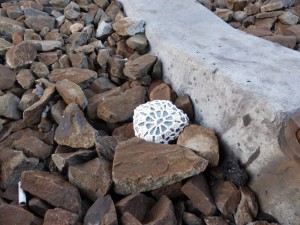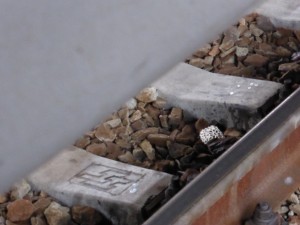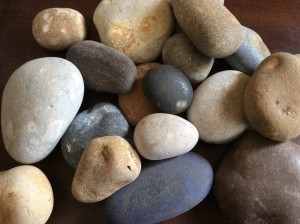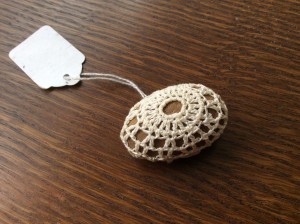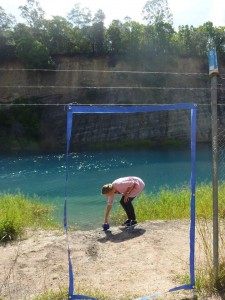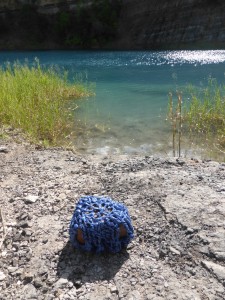I set out my objects from St Petersburg again and sift through paraphernalia bought back from my time in Hong Kong. A train ticket from Shanghai to Jui Long, a brochure from the aviary. I recall the soft horizon and pink skies. The view from the top of The Peak across the city below and the islands beyond. The vast maze of shopping centres and well dressed locals. Clearly defined from China, this identity is emphasised with signs that forbid spitting and give instruction on how to use a Western toilet. It is a curious place between West and East, between time spent in China and Vietnam.
Re reading Annie’s journal entries my memory is jogged, we went to the races at Happy Valley, I caught up with an old school friend and had my first conversation for three weeks. China was challenging. I focus on associations with Bexhill. Henry Young, a founder of Bexhill Museum, made a statue of Queen Victoria at his Pimlico foundry. I smile as I learn more about Victoria’s journey to Hong Kong and recall my journey looking for her.
Having recently celebrated Chinese New Year I take fortune cookies in to the museum and we celebrate the year of the sheep’s arrival. A photo of Peter the sheep is added to the wall, football mascot during World War I.
Coins are found from the archives, mine are prettier, Hong Kong dollars now sporting more elaborate scalloped edges. Also from the archives some very small Chinese shoes. Probably a model rather than anything actually worn. There is a discussion about foot binding when the children’s workshop comes to visit. They concentrate well and enjoy their afternoon at the museum.

Chinese shoes, Bexhill Museum (Louise Kenward, 2015)

Chinese shoes, Bexhill Museum (Louise Kenward, 2015)
Of Annie’s journal entries I am particularly drawn to the following comments on life in Hong Kong (Victoria) and the treatment of girls and boys:
“Off the town of Victoria the crowd of shipping is immense, and it became a difficult task to thread our way between the fleets of sampans and junks…The sampans are long boats, pointed at both ends, and provided with a small awning…In these sampans whole families, sometimes five generations, live and move and have their being. I never shall forget my astonishment when, going ashore very early one morning in one of these strange craft, the proprietor lifted up what I had thought was the bottom of the boat, and disclosed three or four children, packed away as tightly as herrings, while under the seats were half-a dozen people of larger growth. The young mother of the small family generally rows with the smallest baby strapped on to her back, and the next-sized one in her arms, whom she is also teaching to row. The children begin to row by themselves when they are about two years old. The boys have a gourd, intended for a life-preserver, tied round their necks as soon as they are born. The girls are left to their fate, a Chinaman thinking it rather an advantage to lose a daughter or two occasionally.” Annie Brassey from A Voyage in the Sunbeam, 1879.
I spare the young visitors this information and hope that changes to Hong Kong extend beyond architecture and prolific use of concrete. There is much more to Hong Kong than there was in 1879, and a great deal more of it too. Much has been reclaimed from the sea. Victoria harbour remains, but no longer with that name and it is now a further away from China than it was 136 years ago.
I spend my day adding to the mind map on the wall, continuing my journey from Russia. Quotes from Annie are added and I start to draw. The shoes captivate me. Attempts at photographs do not do them justice. I am compelled to draw, to explore them further. Simple line drawings of pattern of embroidery is soothing and early attempts to create shape and form are more successful than later ones. I want to use colour but find pastels clumsy and heavy. I make a note to bring watercolour pencils next time.
In Conversation with Annie is supported by the Heritage Lottery Fund.




